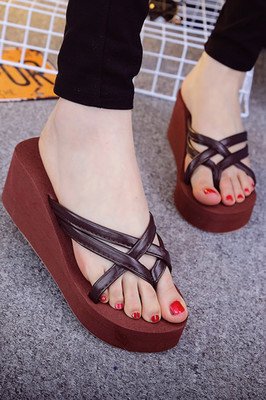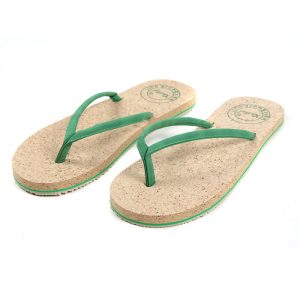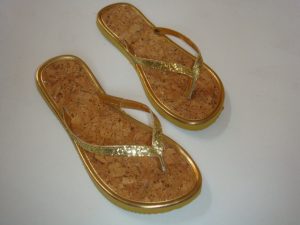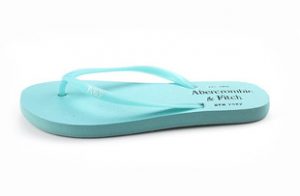- Contact us now!
- +86 18868944843
- ken@nbthe.com
How to distinguish between TPR and TP materials
TPR (THERMOPLASTIC RUBBER) is also called TPE
Thermoplastic Elastomer TPR, TPE is rubber with high elasticity, high strength, high resilience, and injection molding processing. It is environmentally friendly, non-toxic, safe, wide in hardness, excellent in coloring, soft to the touch, weather resistant. , anti-fatigue and temperature resistance, excellent processing performance, no need to vulcanize, can be recycled to reduce costs, can be double injection molding, coated with PP, PE, PC, PS, ABS, and other base materials, or alone forming.
Thermoplastic elastomers have both the processing properties of thermoplastics and the physical properties of vulcanized rubber. They are a combination of advantages of plastics and rubber. Thermoplastic elastomers are occupying a territory that was originally only vulcanized rubber. In the past ten years, the rapid development of the electronic and electrical, communication and automotive industries has driven the rapid development of the thermoplastic elastomer market.
Thermoplastic elastomers (TPE) have the physical and mechanical properties of vulcanized rubber and the processability of thermoplastics. Since there is no need for thermal vulcanization, the production of the product can be completed using general-purpose plastic processing equipment. This feature has shortened the rubber industry production process by a quarter, saved energy by 25% to 40%, and improved efficiency by 10 to 20 times. This is another revolution in materials and process technology in the rubber industry.
TPR, the advantages of TPE
1. It can be processed by a general thermoplastic molding machine without special processing equipment.
2. Production efficiency has increased significantly. It can be directly vulcanized by rubber injection molding machine. The time is reduced from the original 20min to less than 1min. Since the curing time required is very short, it can be directly vulcanized by the extruder, and the production efficiency is greatly improved.
3. Easy to recycle and reduce costs. The waste generated during the production process (escape burrs, extruded scrap rubber) and the final waste products can be directly returned for reuse; used TPE old products can be recycled after simple regeneration, reduce environmental pollution, and expand the source of renewable resources.
4. Energy saving. Most thermoplastic elastomers do not require vulcanization or have a short curing time, which can save energy. Take the energy consumption of high-pressure hose production as an example: rubber is 188MJ/kg, TPE is 144MJ/kg, energy saving is more than 25%.
5. The application field is wider. Due to the combination of rubber and plastic, TPE opens up new applications for the rubber industry.
6. Can be used for reinforcement and toughening modification of plastics. The self-reinforcing property is large, the formula is simplified, the influence of the compounding agent on the polymer is small, and the quality performance is easier to grasp. However, the heat resistance of TPE is not as good as that of rubber. As the temperature rises, the physical properties decrease greatly, so the scope of application is limited. At the same time, compression deformation, elastic recovery, and durability are equivalent to rubber, and the price is often higher than that of similar rubber. Despite this, the advantages of TPE are still outstanding, and various new TPE products are constantly being developed. As a new energy-saving and environmentally friendly raw material for rubber, the development prospects are very promising.
TR sole
TR sole material is a new product improved on the basis of TPR. The product has more excellent performance. At present, it seems that only Italian technology is advanced, the current domestic technology is improving, the market is growing, and the main material of TR sole is It is the RB830 of Japan JSR, RB840.
TR sole has a rubber appearance and feel, is an environmentally friendly material, without the traditional TPR spray solvent, there are a mirror and matte effect, Guangzhou RB agent RB as a Japanese JSR company in the TPE material logo product, is a Low molecular weight, low crystallinity 1,2 polybutadiene polymer, which combines the characteristics of plastic and rubber. It is widely used in the modification of TPR shoe materials. It can achieve high quality and smooth appearance without spraying. Grain), and can get a larger foaming ratio. RB is the key material for TR soles, with nearly 80% of Italian TPR soles using RB.
The effect of adding RB830 to TPR:
1, eliminate running water pattern (no need to spray)
2, get a matte (matte) effect
3, get the smooth (mirror) effect
4. Improve wet skid resistance, resistance to twisting, tear strength, and elasticity.
More material flip flops are here.





